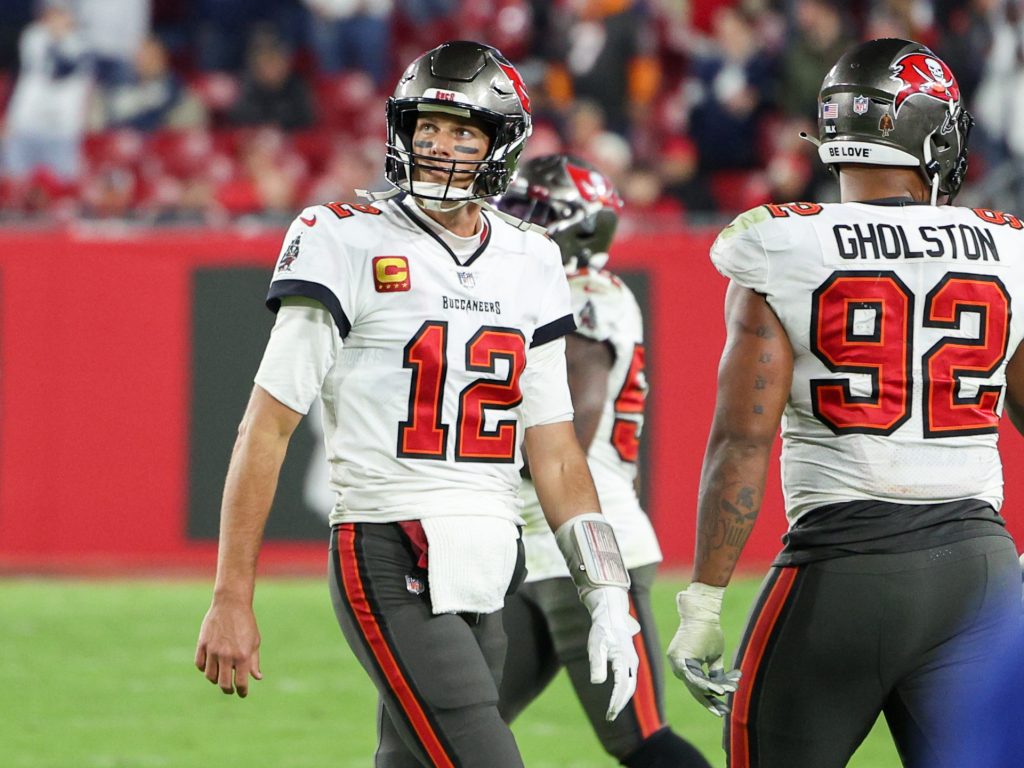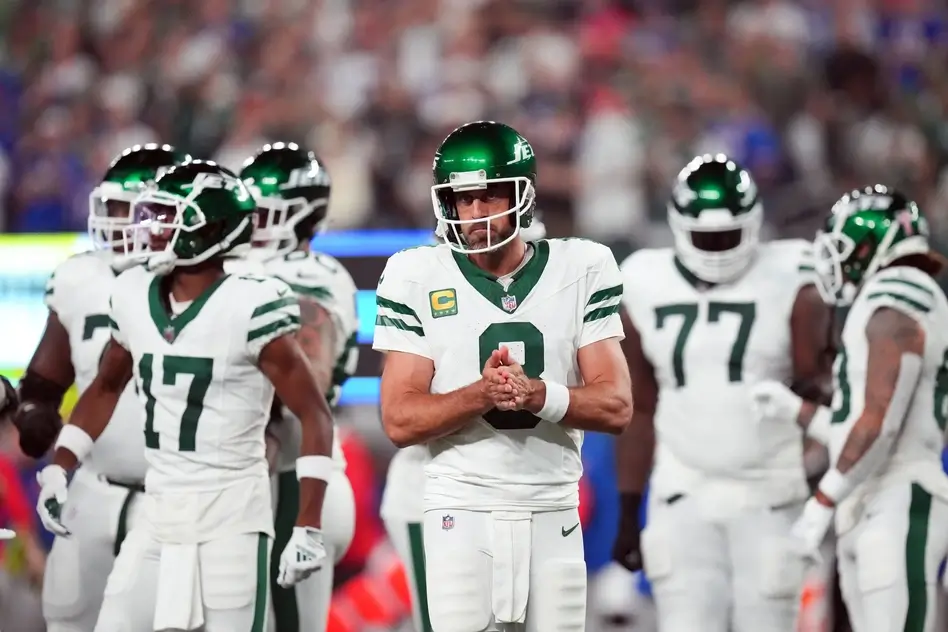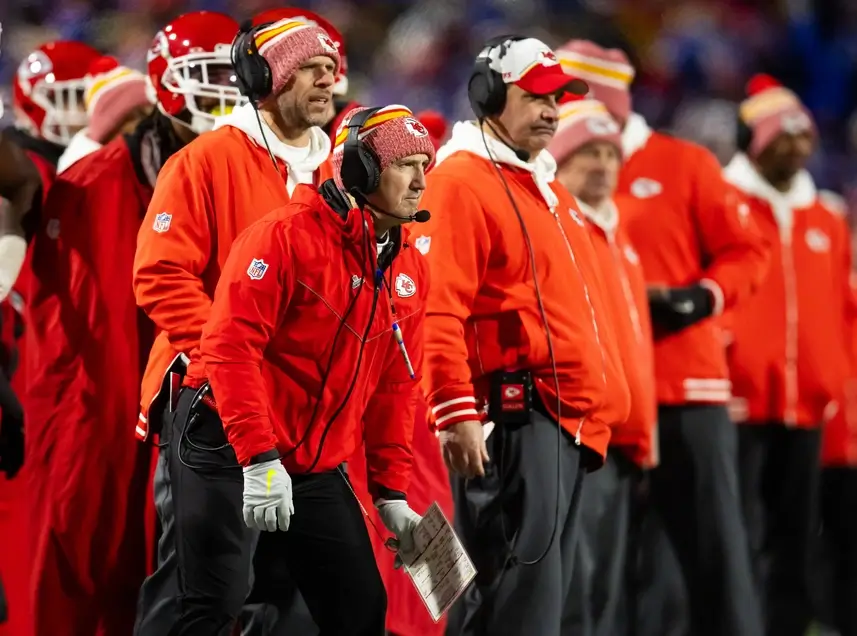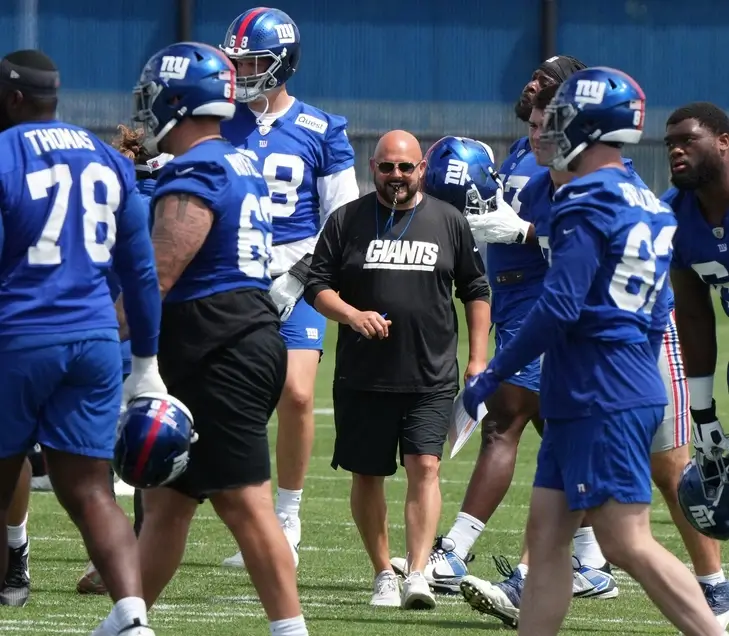While the start of NFL free agency can be an exciting time for fans, there are some fans who still need NFL free agency explained to them.
After all, there are plenty of rules in NFL free agency, not to mention salary cap rules that can get a little bit confusing. For anyone who has some questions or needs NFL free agency explained to them, we wanted to clear some things up.
NFL free agency explained
In addition to all of the rules in NFL free agency, there are key dates to keep in mind and a lot of talk about dead money and teams using the franchise tag.
For more casual fans, that can get confusing, especially with all of the math involved. That’s why we wanted to put together a list of NFL free agency FAQs to clear some things up for anyone who needs NFL free agency explained.
How does NFL free agency work?
In the NFL, free agency begins with a window for teams to designate players with either the franchise tag or the transition tag, both of which we’ll explain later. Once teams have had a chance to designate players as either franchise players or transition players, it will be known with certainty what players will be free agents.
Each year, there is a period of several days between the end of the franchise and transition window and the official start of the new league year, which is when teams can begin to sign free agents.
However, the NFL provides a two-day window before the official start of free agency for teams to begin negotiating with players. Before this window, teams are not allowed to negotiate new deals with free agents.
But during this two-day window, negotiations between teams and free agents may legally begin. Of course, new contracts can’t be formally signed or announced until the official start of the NFL’s new calendar year, which coincides with the start of free agency. This date typically comes in the middle of March, more than a month after the Super Bowl.
Why is free agency before the draft?
NFL free agency takes place every year prior to the NFL Draft, and there are a few reasons why this is the case. For starters, when the modern offseason schedule was first created, teams wanted as much time as possible to evaluate draft prospects. With this reasoning, it made sense to push the draft several weeks after the start of free agency so teams could perform a comprehensive review of the players available in the draft.
Of course, this reasoning doesn’t hold as much water as it once did because teams have much larger scouting departments and are more prepared for the draft than ever before. In other words, if the NFL Draft was held sooner, teams probably wouldn’t complain about being unprepared.
The other reason free agency comes before the draft is that it favors the players. The NFL Players Association would allow the draft to be moved up before free agency because it would hurt players on the open market.
If the order were reversed, teams would look to address their biggest needs via the draft and be less eager to spend money on free agents. But with the current system, teams can’t assume they will be able to find players to fit their biggest need in the draft, giving them an incentive to be more aggressive in free agency. This helps to drive up prices, helping the league’s top free agents sign more lucrative contracts.
Do NFL players get paid during free agency?
NFL players who are free agents don’t get paid anything because they aren’t under contract with a team. Also, NFL salaries are only paid during the season, so players aren’t receiving paychecks during the offseason.
However, there are some exceptions to this, including workout bonuses and roster bonuses. Players do get a stipend for attending offseason workouts. In some cases, a player’s contract will have a roster bonus that’s paid if they are on a team’s roster on a specific date. If that date comes during the offseason, they will be paid that roster bonus during the offseason. But players who are free agents don’t get paid until they sign with a team and receive a signing bonus.
Unrestricted vs restricted free agency
All NFL free agents fall into the category of either unrestricted or restricted free agents. Unrestricted free agents can hit the open market and sign with any team, but only if their current team doesn’t label them as a franchise player or a transition player. Meanwhile, restricted free agents are subject to a qualifying offer.
Under the NFL’s current rules, restricted free agents are those with three seasons of accrued service and have received a qualifying offer from a team. Meanwhile, unrestricted free agents are players who have at least four accrued seasons. For a player to accrue a season of service, they must spend at least six regular-season games roster. It doesn’t matter if they are active, inactive, or injury reserve list, they just have to be on the roster to accrue time in the league toward becoming a free agent once their contract expires.
What does a qualifying offer mean?
A qualifying offer refers to restricted free agents who are offered a “tender” by their current team. Despite being called restricted free agents, they still have a right to negotiate a new contract with any team.
However, a player’s original team can offer a player a “tender,” which entitles them to match any offer that player receives from another team.
In that scenario, the original team can keep that player by matching their contract or receive draft-pick compensation if they decide not to match the offer from the other team. If this happens, the extra draft pick they receive is based on the qualifying offer they made to the player.
When do players become free agents?
In the NFL, players become free agents after their contract expires and if their current team decides not to place the franchise tag or transition tag on them. The franchise tag is typically used for star players that a team doesn’t want to lose in free agency because it typically comes with a large salary for the following year.
Rather than becoming a free agent as expected, a player receiving the franchise tag stays with their current team for one more year, making either 120% of their salary from the previous year or the average of the top-five salaries at their position. Needless to say, franchise tag players make a lot of money, which is why only a small number of players are made franchise players every year. Also, each team can only designate one player with the franchise tag each year.
Similarly, the transition tag allows a team to retain a player for another year with their salary either being 120% of what they made the previous year or the average of the top-10 players at their position. The difference is that players with the transition tag can still negotiate a new contract with any other team just like any other free agent.
However, the player’s current team has the right to match that contract if they want to keep that player. But if they decline to match the offer that player received from another team, they receive no draft-pick compensation. Typically, the transition tag is used much less frequently than the franchise tag.
NFL free agency 2023 key dates
- 15th March: All player contracts expire and free agency begins at 3pm CT
- 26th-29th March: Annual League Meeting
- 21st April: Deadline for restricted free agents to sign offer sheets
-
1st June: Deadline for prior club to send “June 1 tender” to its unsigned RFAs who received a qualifying offer for a right of first refusal only in order for such player to be subject to the CBA’s “June 15 Tender” provision.
-
15th June: Deadline for clubs to withdraw qualifying offers to RFAs and still retain exclusive negotiating rights by substituting “June 15 Tender” of one-year contract at 110 percent of the player’s prior-year Paragraph 5 Salary (with all other terms of his prior-year contract carried forward unchanged).








